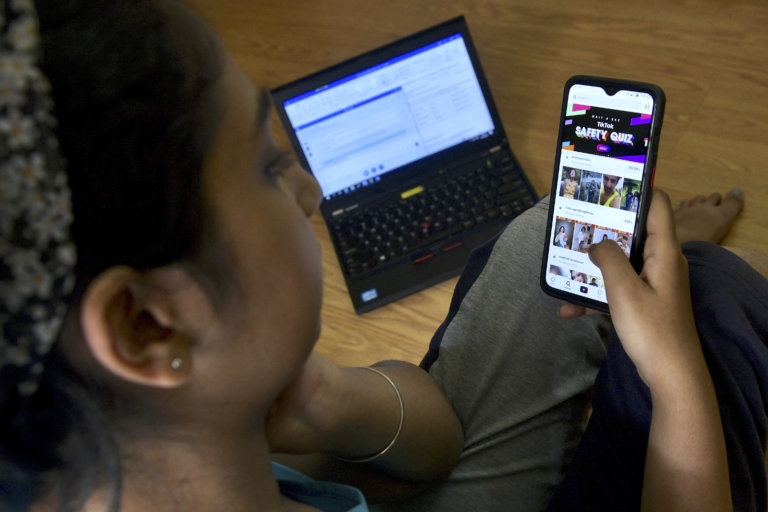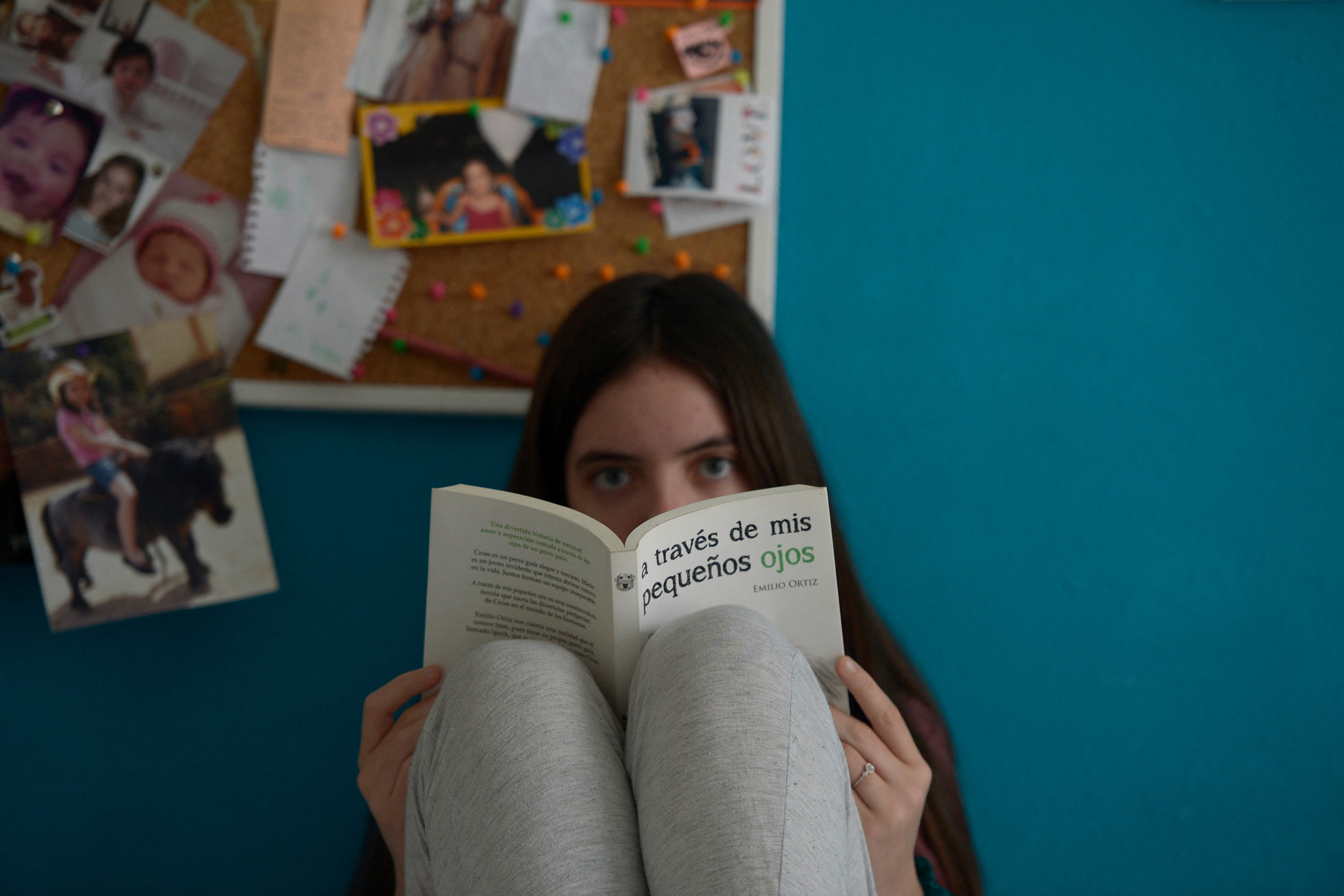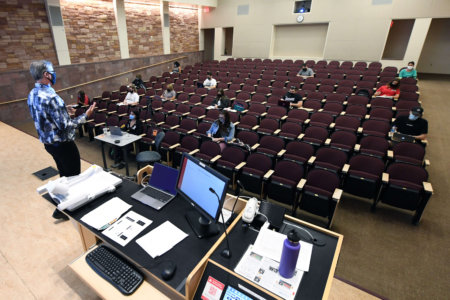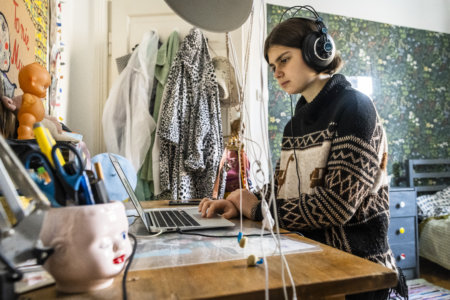
Imagine reading an entire page worth of words, only to find yourself reading it over and over again. This back-and-forth cycle repeats as your frustration builds, while a voice in your head screams, “Why can’t I just focus?“. A new reading method might just change that experience, and it’s going viral on social media, including on Attention Deficit Hyperactive Disorder (ADHD) TikTok.
Enter “bionic reading”, a hack that could transform the way students read and study. Content creators on TikTok and Instagram with ADHD and dyslexia have posted different takes on the new reading fad, with reactions ranging from awe to scepticism.
What is bionic reading?
“Bionic reading supports the reader; as long as one is willing to be guided,” typographic designer Renato Casutt told Newsweek Magazine. Casutt is the man behind the reading tool that has taken the internet by storm, an idea that was born out of accident while he was designing a book in an unfamiliar language.
“I never read in this language, so my brain doesn’t have a vocabulary that it can match,” Casutt explained on the tool’s website. “And I had to change that. I then realised that I only need single fragments of the words to tell my brain: hey, you know a very similar word. So use that.”
“I then converted [it] word by word into bionic reading and translated it for my brain, and could suddenly read and understand the whole text.”
https://twitter.com/WhatTheADHD/status/1527617004336820228
It works like this: the tool automatically revises texts to highlight the most concise parts of words in a webpage. The letters at the beginning of each word are bolded, acting as artificial fixation points that guide the eye so the brain absorbs previous words more quickly as we read along.
It’s far from the first assistive tool or method devised to support struggling readers. Techniques like speed reading or skimming have been around for a while. Popular apps such as OpenDyslexic and Speechify have a unique typeface or features that convert texts into speeches, which help readers with learning disabilities absorb information better.
On its website, bionic reading claims to have gotten feedback from people with dyslexia who reported improved comprehension on the first-time reading of text, which wouldn’t have been possible without the tool. Although its development wasn’t backed by formal research, Casutt and his team did look into past studies in texts and comprehension to connect the dots between eye movement and information absorption.

Students with ADHD, dyslexia, and other learning disabilities often have difficulty retaining focus and holding information with text-heavy materials. Source: Cristina Quicler/AFP
Response from ADHD TikTok and neurodivergent readers online
“Has this always been around and I never knew [of it]? I am absolutely mind-blown by this!” said TikToker Dana Kidd, whose reaction video has garnered more than seven million views since it was posted a week ago. Kidd’s content on the struggles of living with ADHD has amassed a large following of over 250,000 people on the social media app, especially within the ADHD TikTok and neurodivergent community.
@danabanafofana I know I said physical “books” but I meant physical text – especially digital – sorry I got excited 😂😂 #adhd #adhdtiktok #neurodivergent ♬ original sound – Dana Kidd
Another TikTok user with ADHD, Helen Villiers, was equally awed by the tool. “Have you seen this bionic reading thing? This is just…what a game changer that is for me personally, I don’t know. I really want to know if it really does help neurodivergent readers,” the psychotherapist said.
On Twitter, responses came pouring in swiftly from various users who identify as neurodivergent, such as those who are dyslexic or on the autism spectrum.
As someone on the autistic spectrum, seeing that Bionic Reading typeface actually made that whole thing easier to read… Nice. https://t.co/p9FGijYpD7
— Rose (@OniRose13) May 21, 2022
Others were none too happy about it, and found it to be inhibitive instead of increasing accessibility.
“Autistic and dyslexic here. Reading the ‘bionic reading’ text was painful and slow. ‘Neurodivergence’ is a big umbrella for lots of different kinds of brain wiring,” according to this Twitter user.
The same sentiment is echoed by another user, who found the bolded texts disrupting. “I’m autistic and ADHD, and therefore neurodivergent, and this is so incredibly distracting to me to try to read it.”
Currently, the bionic reading converter is available for free online, with pricing plans for users to upgrade their experience. While the tool does seem like a breakthrough in accessibility, it’s not a magic solution that works for all readers with learning disabilities, leaving room for more improvements to take into account the varied experiences of neurodiverse learners.










